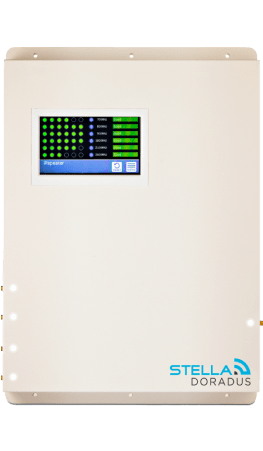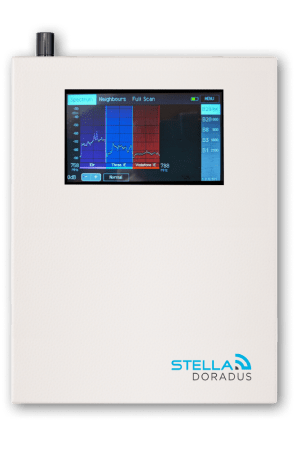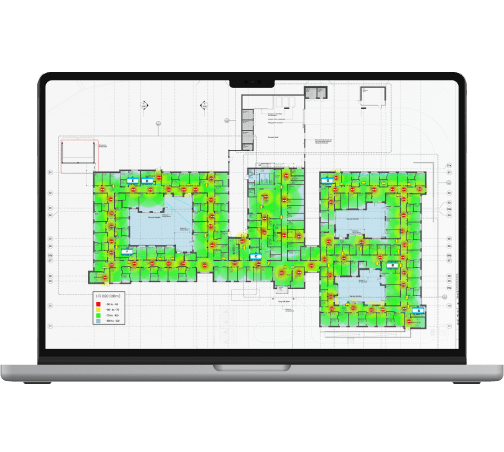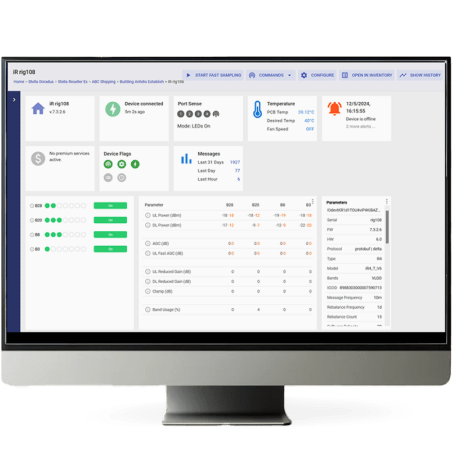So you getting dropped calls in your car..
People often wonder why they experience so many dropped calls when using their phone in their car. The problem seems to be worse in suburban or country areas. As a result of this experience, people can be reluctant using their phone for business in their cars, and often will wait until back at the office before making or taking important calls. A partial solution to the problem is to “pull in” while making the call, but this can be difficult on busy roads, and defeats the “mobile” idea.
Here are 3 reasons for dropped calls.
- The first is that the mobile phone coverage might be poor in the area you are driving through. The fact that you are moving means that the “channel” between your mobile phone and the base station is changing very rapidly, and your phone has to compensate for this. As the signal strength it experiences fluctuates rapidly, it has to increase and decrease its power rapidly, and the phone can pass through many deep nulls. When you “pull in”, the channel changes much more slowly, thus explaining why “pulling in” while making a call helps in making a clear call.
- The second is that your car acts as a partial “Faraday cage”. Radio signals can’t penetrate a metal box. (Test this. Make a call to a friend. During the call, place your mobile phone into an old biscuit tin and place the lid on for 10 seconds. Take the phone out. You will get a dropped call.) All the steel in the car body helps to block the radio signals entering and leaving your car. The problem is made worse if you use a Bluetooth hands free car kit, and then leave your phone in the side pocket of the door, or down under the radio by the gear stick. Even holding the phone to your ear (illegal in most countries!!) reduces the radio signals, as your head and hand absorb the signals.
- The actual antenna in the mobile phone is not very efficient. This is not because the engineers who design mobile phones are bad antenna designers. They are excellent engineers. It is because placing a wide band antenna into the small space in a mobile phone, with all the metal and circuit boards in close proximity, and then ensuring the antenna works well is a very difficult task. A solution to the above problems is to use a well designed car booster kit. This should have an indoor antenna that is placed in a phone holder.(see pic) This indoor antenna should connect to a 2-way amplifier, and the 2-way amplifier should then connect to an outdoor antenna (mag mount) or indoor window mount antenna (T-bar). The mag mount or T-bar antenna is a much more efficient antenna than the internal antenna in the mobile phone. It is placed in a much better position to transmit and receive radio signals than your phone would normally be in. This is especially the case for the outdoor mag mount antenna. The car booster kit directly helps solve points 2 and 3 above. An antenna placed in a good position to transmit and receive radio signals will greatly help a mobile phone to make a clear call, even in the presence of a rapidly changing channel, as against a poor antenna placed in a bad position.
What’s the Solution?
A well designed car mobile booster is critical to prevent dropped calls. Here are reasons why..
I have opened up many competitive car boosters and have often been very surprised at some of the design choices that have been made. Low power transmit amplifiers, high gain(which will damage the operators network), no automatic gain control on either the up-link or the down-link power, very poor performance magnetic mount antennas. In addition to these requirements, the car repeater should power off when the vehicle is close to any base station. Most operators co-locate their base station antennas on the same masts, so when the vehicle is close to a base station, the car repeater should not be necessary to maintain a good quality call. It really should only switch on in weak signal areas, ie. areas where it will be needed. All these features are lacking in competing car boosters that I have opened up.
Furthermore, your mobile phone has a transmit power amplifier which can produce about 27dBm of RF power. It needs to be able to produce this high power level in order to be able to make contact with the base station. Especially if the base station is far away or if there are many obstacles in the way. Even then this is not enough to prevent all dropped calls. The car repeater should not have a final stage amplifier in its circuitry that produces less power than a handset which is what we see in competing boosters. I have seen final stage amplifiers that produce a maximum power of 5-10dBm, which is very weak. I have found that these car repeaters produced little if any noticeable difference in dropped calls.
Many car repeaters do not use a “direct connect” internal antenna to connect to your mobile phone. Instead they rely on a “short hop” wireless connection. The internal antenna has to broadcast a meter or so to your hand set. This requires much higher gain than the “direct connect” type connection. This is more likely to cause an “oscillation”, where the internal antenna interacts strongly with the external mag-mount or T-bar antenna. This seriously damages the operators network, usually with no warning to the user of the repeater and is therefore illegal is many countries. The gain should be kept low, and connection made to the handset using the “direct connect” method, through a phone holder. A blue-tooth hands free car kit should be installed. Blue-tooth hands free car kits work very well, are very cheap, and when combined with the car repeater, give the user a great feeling of comfort that they will not experience dropped calls while driving safely. Business can be conducted while driving with confidence.
All these features discussed and more are as standard in the StellaDrive booster kit from StellaDoradus.





